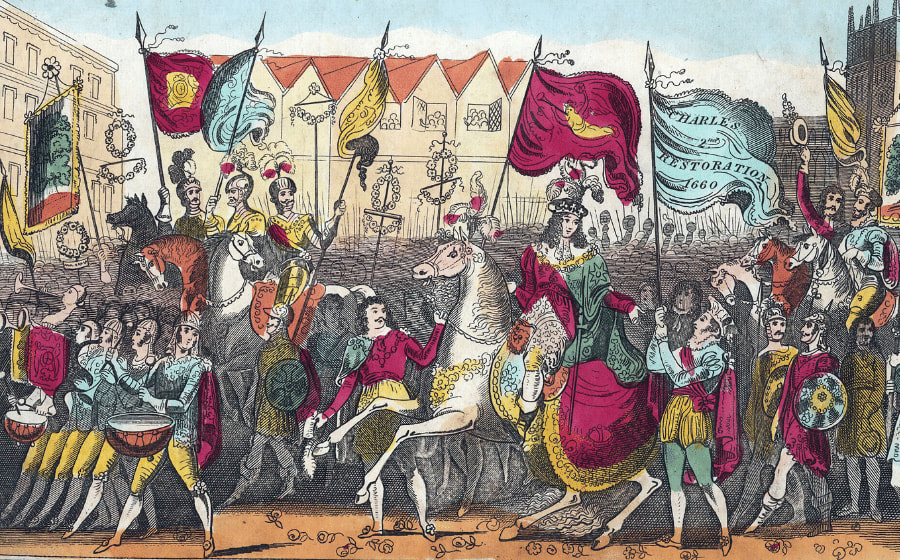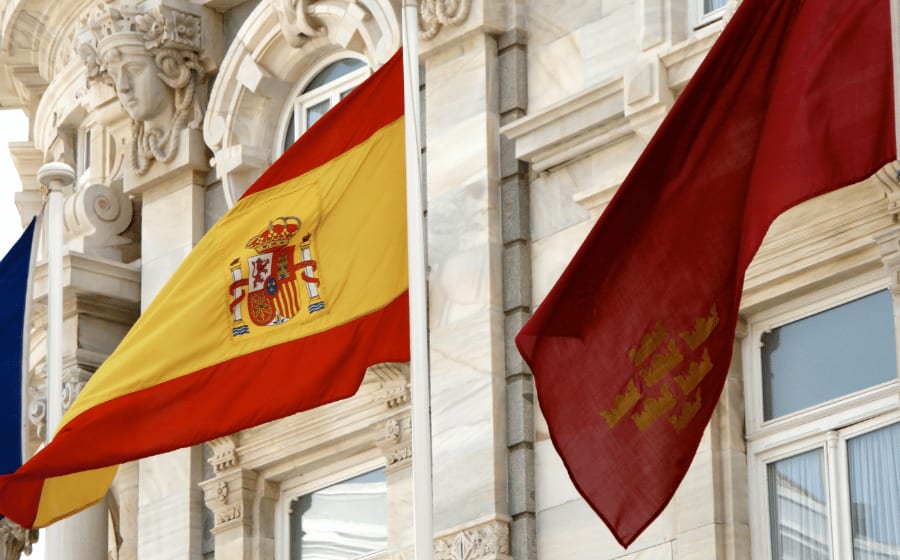The 3 State Symbols of Spain & 9 Other National Icons
January 20, 2023
Win a FREE Trip to Spain!
Exciting Announcement! For the first time, we're thrilled to offer exclusive trips to the heart of Spain - an experience like no other. This isn't your typical tourist journey; it's a unique opportunity to immerse yourself in authentic Spanish culture, alongside real locals and our passionate team.
But there's more! Simply by requesting information about this amazing trip, you'll be entered into a special draw to win a Fully Paid Trip to Spain for Two. And that's not all - everyone who inquires will receive an exclusive bonus gift, valued at $500, available only now.
Ready to Discover the Real Spain?Click Here ↑ to Request Information & Enter the Draw!
If you had to describe Spain in 3 words, which ones would you use, and what do you think are Spain’s main attributes and characteristics as a nation?
I will show you the country’s most important symbols in this article. Starting with the symbols of the State and continuing by showing you the rest of the relevant symbols that hold an essential meaning throughout the history of Spain.
After reading this, you will have a complete idea about the emblems representing the Spaniards and the values and attributes that go with them.
I also included some pictures illustrating the evolution of the symbols in time, so you can see how they’ve changed! Let’s begin!
Table of Contents ▼ ▶
The State Symbols of Spain
The Spanish National Symbols are The Spanish National Flag, The Coat of Arms, and The National Anthem. Besides them, many other symbols are officially representative of Spain.
I’ll show you later!
The Spanish national flag
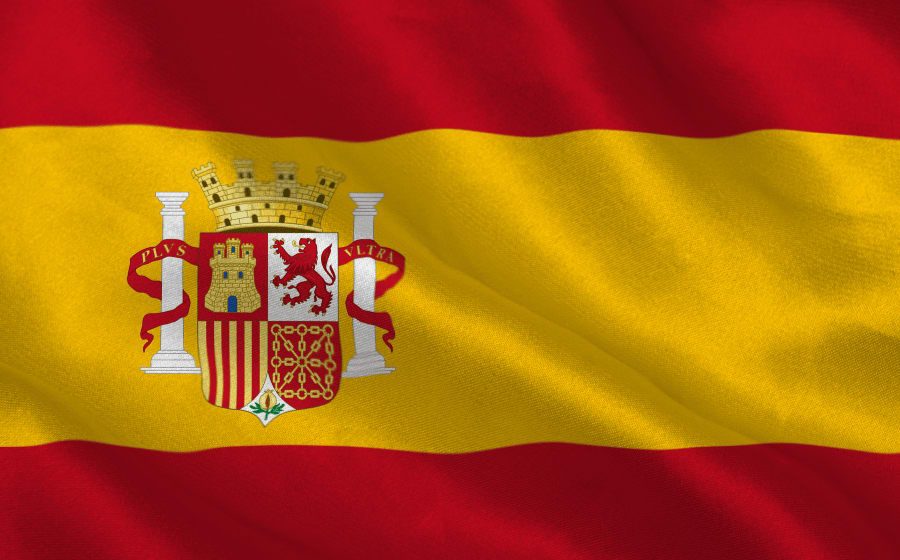
The Spanish flag has a fascinating origin. It dates back to the reign of Charles III (between 1759 and 1788). White colors and elements were predominant at that time and generated confusion during the maritime expeditions carried out by warships. Back then, the Minister of the Navy proposed the creation of several flags ideas, and the King had to choose.
There are several theories about the meaning of the Spanish flag’s colors, but this is the most popular one:
It is said that the red color represents the blood shed by the Spaniards during their conquests and in defense of the homeland, while the yellow represents the riches obtained in their wins.
The Spanish national flag is the most important symbol as it represents the whole country as a unity.
The Coat of Arms
The Coat of Arms is very important as it represents Spain’s sovereignty, independence, unity, and integrity.
The current coat of arms dates back to 1981 when it was approved by Royal Decree. However, the history of the coat of arms of Spain has left many models associated with the different monarchs, dynasties, and governments that have ruled Spain.
The flag shows a crown, popularly known as “el timbre,” which symbolizes the Spanish monarchy. The columns on each side represent the columns of Hercules with the motto “Plus Ultra.” At the top of each column is a crown representing the historical past.
There is an image of the quarters that symbolize the medieval kingdoms of Spain, and you can find it in the central part of the coat of arms.
The castle represents the kingdom of Castile. The lion symbolizes the kingdom of León, and the bars of Aragon represents the crown of the province of Aragon.
Finally, the chains symbolize the kingdom of Navarre, the pomegranate the kingdom of Granada, the three fleurs-de-lis in the center of the coat of arms represent the arms of the branch of the Spanish dynasty, and the House of Bourbon initiated with the reign of Philip V in 1700.
The coat of arms has evolved a lot in the past few years. Check the picture below to see its evolution!
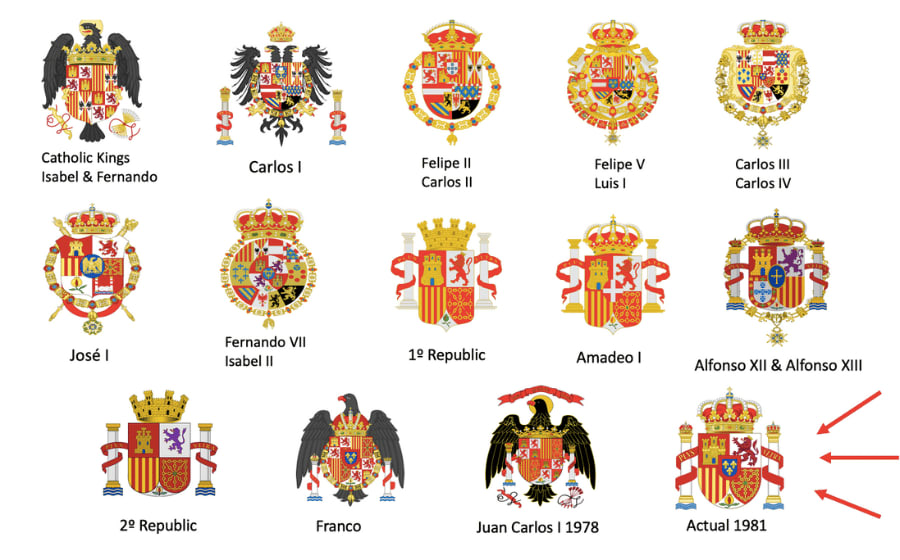
The National Anthem
Spain’s national anthem, known as the “Marcha Real” in Spanish, is one of the few patriotic songs with no lyrics worldwide.
Only four other countries in the world don’t have a verse in their Royal March: Bosnia and Herzegovina, Kosovo, and San Marino.
The National Anthem was composed in 1761 by Manuel de Espinosa de Los Monteros, who wrote the tune as a military march for the Spanish Infantry. In the 1770s, Charles III declared it the official march of Spain, which later became the country’s national anthem.
There have been numerous attempts to set words to the “Marcha Real.” Some have been used at past events. However, the Spanish government has not officially approved the suggested lyrics.
For those who like music (and know about it), the current version of the National Anthem is a word-less 16-bar phrase divided into two sections with the form of AABB.
There are three official arrangements: orchestra, military band, and organ.
Even though the Spanish National Anthem doesn’t have a lyric, it’s a beautiful song that makes my hair stand on end every time I listen.
Other symbols
The carnation
The Carnation is the National Flower of Spain. Why is this flower so important? The red carnation symbolizes love and courage in many cultures, especially Spain. You can see people wearing it at unique festivals or occasions, such as in San Isidro or when people dance Flamenco.
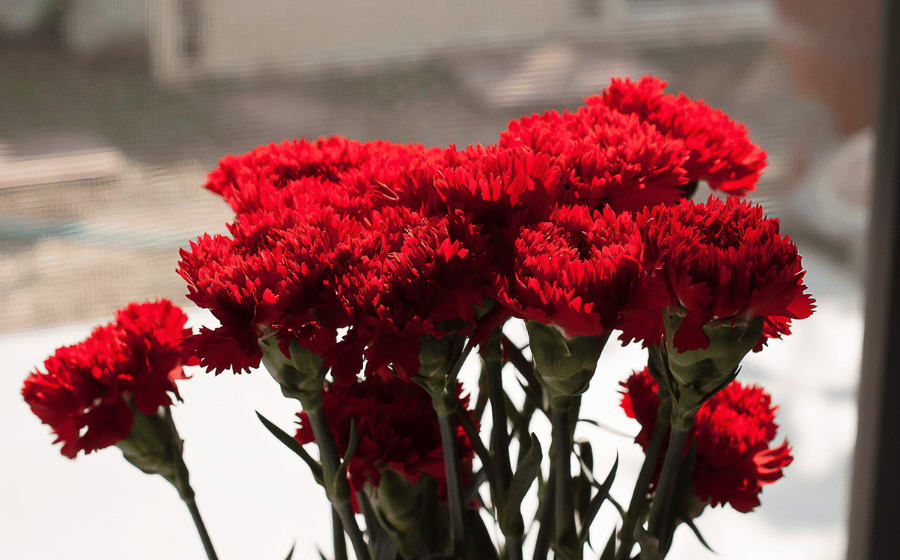
Did you know that the carnation looks similar to a red rose? But the carnation is smaller in size with waiver petals. It’s a lovely flower and one of my favorites!
This popular flower is a part of Spanish culture and is native to the Mediterranean region. It’s a beautiful flower that, in many cases, is used for decorating windows, garlands, and other ornamental purposes. You can read everything about it in this article:
The One National Flower of Spain and Its Beautiful Meaning
The Spanish Imperial Eagle
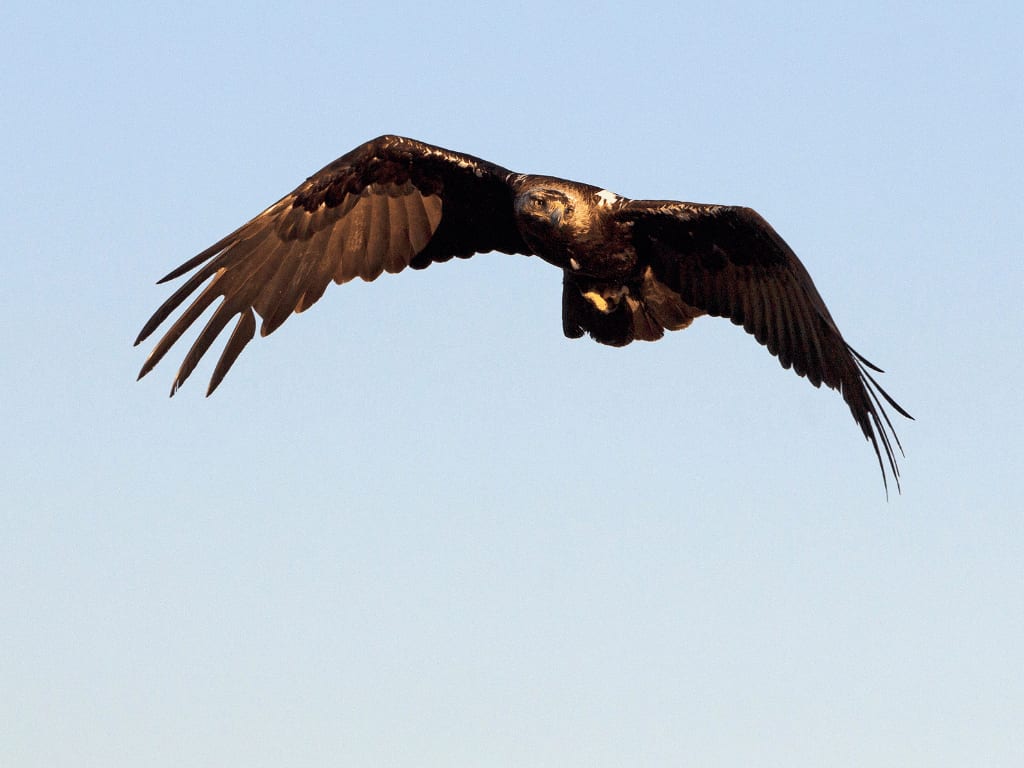
The Spanish Imperial Eagle is considered the National Bird of Spain. It is also known as the Spanish eagle or white imperial eagle. This type of bird it’s the most typical one. It has a size of 80 cm and weighs around 3 kg when it’s an adult.
Nowadays, we live in a period where this species is increasing its influence. The number of pairs has grown a lot since the 1950s. One of the regions where it’s now more common to find this type of eagle is Madrid, with 71 pairs of the 400 that fly through Spain.
Read more about the majestic Imperial Eagle here:
National Bird of Spain: The Imperial Eagle (23 Beautiful Images!)
The Eagle of San Juan
The eagle of St. John symbolizes the John passage of the bible. It is represented as a wise and clairvoyant animal. When it flies, it looks directly at the sun, and the Gospel of John is more abstract and theological than the others.
Not in vain, St. John has been associated with this animal since the Middle Ages.
This bird was part of the Spanish flag, and its history dates back to the 15th century.
The bird that adorned the flag of Spain during Franco’s regime was inspired not in the Aguila Bicefala (as many people believe) but in the Aguila of San Juan. And I say this because there is often confusion between these two, so it is important to highlight their difference.
The Double-Headed Eagle
The Bicefala eagle characterizes by being a double-headed eagle. In 1516, this eagle type was added to one of the first Spanish coat of arms models.
Due to Spain’s position and its great relationship with the Habsburgs, the imperial double-headed eagle was added to the coat of arms of the house of Austria.
Moreover, the use of the double-headed eagle in Spain is associated with the union with the Holy Germanic Empire between the 15th and 16th centuries.
The Pillars of Hércules
The Pillars of Hercules have a mythological origin, it represented the geographical limit in the Strait of Gibraltar, and it was for the Mediterranean navigators, the frontier to the unknown world (the Atlantic Ocean).
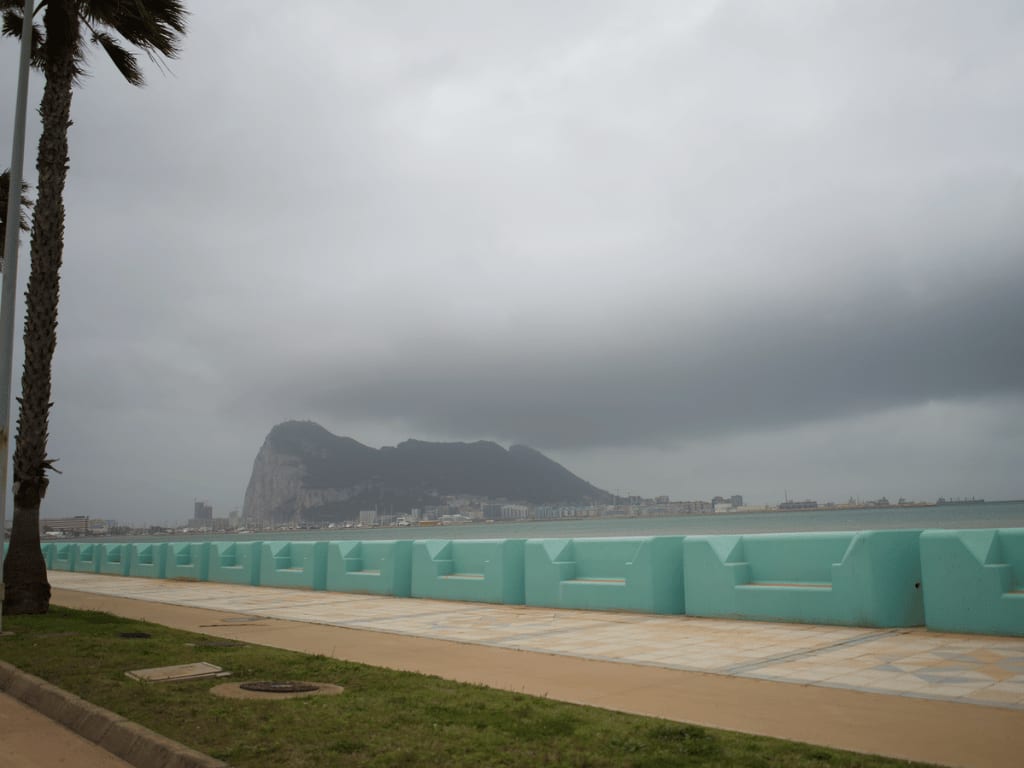
The Cross or Sword of Burgundy
The Borgoña Cross is a symbol that is part of the history of Spain. But do you know the meaning behind it? It represents the Cross of Saint Andrew, an apostle who was crucified in Greece with the trunks in the shape of an “x.” It appears with their knots in the places where the branches were cut.
Going back in time, it is said that he was tied to the cross, where he suffered for three days, which he used to instruct in religion to all who approached him.
This cross is a symbol that it’s part of our history since the troops of Juan I of Castile used it as an emblem during the Hundred Years’ War. This cross was also a key icon during the time of the Catholic Monarchs, and it was included in the Spanish flags.
It became the most characteristic symbol of the Spanish tercios during the XVI, XVII, and XVIII centuries.
The Hispanic Lion
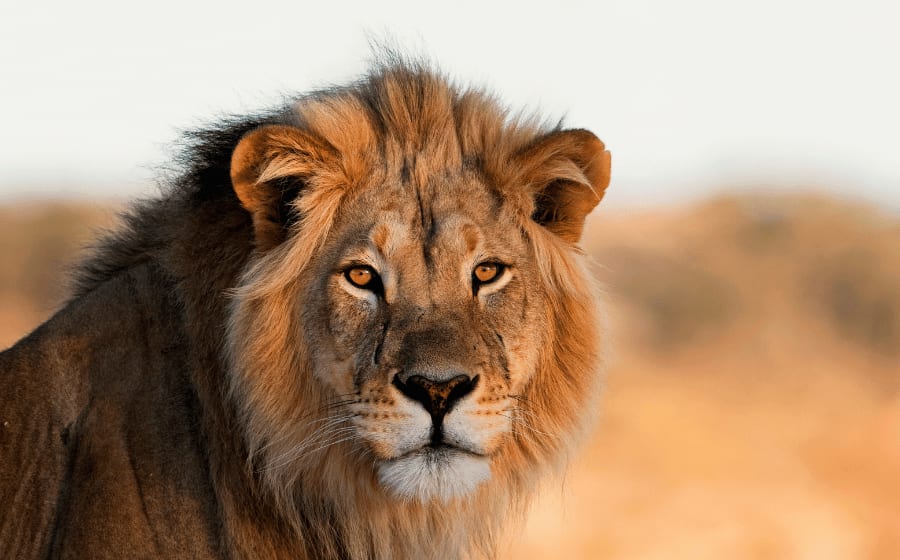
Did you know that the Hispanic lion is considered the most important animal above the Iberian bull? Well, both are the most significant animals in our country. But some believe it is even more relevant than the official national animal.
We have dedicated full articles about The Spanish Bull, Bullfighting in Spain and everything about this incredible tradition. Find out here:
What Is Bullfighting? Origin, Purpose, and Top Festivities in Spain
The Spanish Bull: 5 Amazing Facts about Spain’s National Animal
The Hispanic lion was a fantastic specimen living in Spain many years ago. This animal is part of the symbolism of the country. For Spaniards, it represents the strength and courage that characterizes them. You can see they talk about this incredible animal in books all around the country.
The symbolism of the bull in Spain started after the union of the Catholic Monarchs. However, it should be noted that the first representations of this animal date back to the Iberian tribes, who used them to create precious sculptures in the shape of this animal.
The Spanish Cockade
The Spanish cockade as a national symbol arose, as in other countries, based on the French Revolution’s cockade during the War of Independence. The cockade represents patriotic expression.
Many Spaniards used the red cockade on their troop uniforms. It goes tied to the helmet or arm as a distinctive armband during combat with the traditional color of the Band of Castile. The cockade is red and yellow because they wanted to have it related to the flag of the nation of Spain. In 1871, it got official that the use of the cockade would be red and yellow.
There is also a republican version of the cockade, which was used during the period of the II Spanish Republic, adding the color purple.
At the end of the 19th century, the cockade disappeared from the uniforms due to the change in military fashions.
Nevertheless, the volunteers recruited in Cuba are provided with a red and yellow cockade.



